Contents:
Thanks to it your brain can encode, store, and retrieve visual information. You can recall a familiar face or describe a dream. We can’t really function completely without visual memory. But how exactly does it work? And what does science tell us about the systems behind it? Before that, we’ll show you the best thing that can boost your brain capacity - memory games. Look at the Mind Elevate app catalogue and play casually each day. It’s a great way to train your brain while doing nothing.
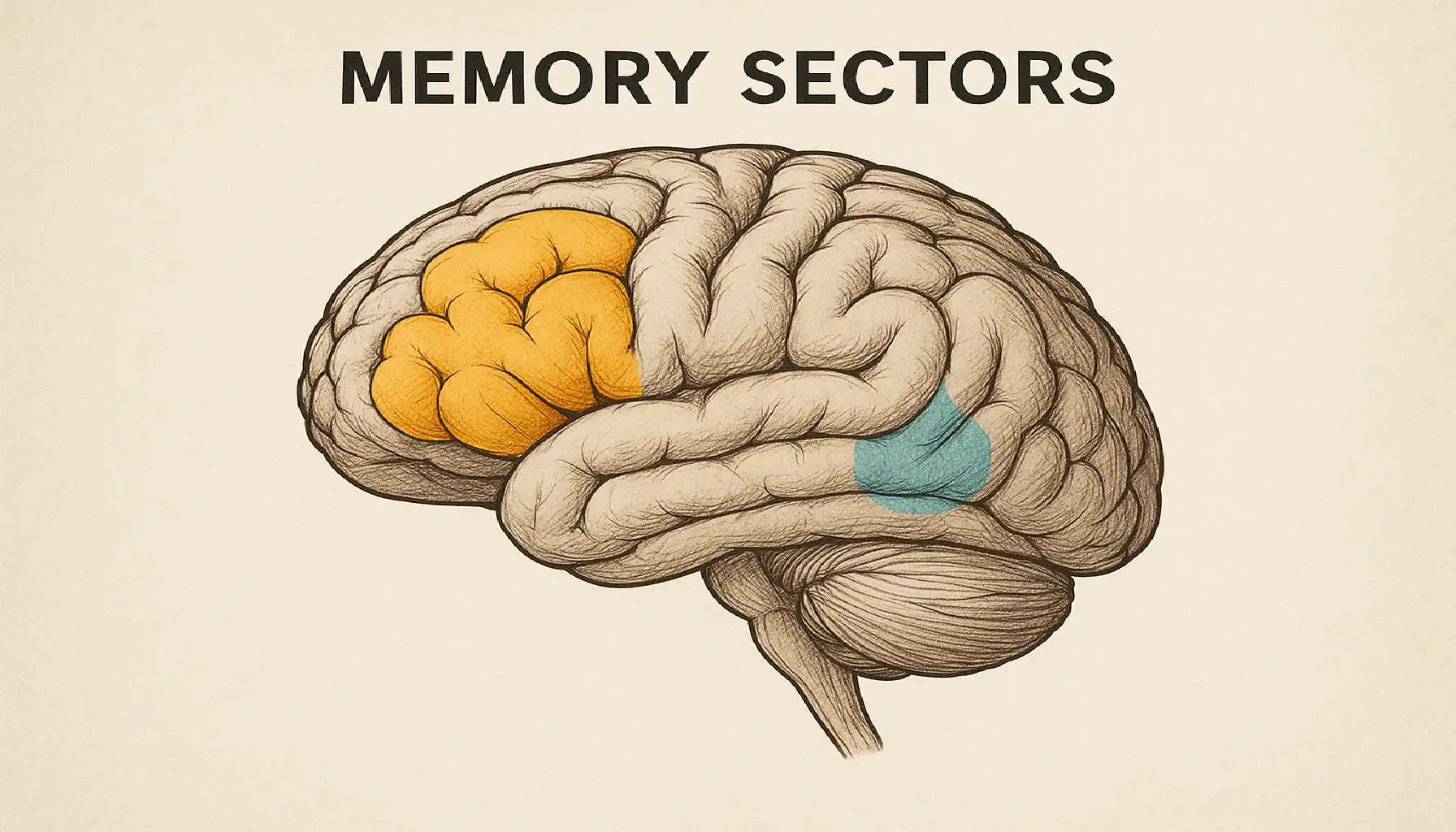
What Is Visual Memory?
So, what is visual memory? It’s our ability to remember information that was presented visually: objects, people, events, words, images, and even imagined scenes. We can recall what we’ve seen but also imagine, plan, learn, and solve problems.
How Visual Memory Comes Into Play
Remember the appearance of objects
Navigate through environments
Learn to spell words by sight
Recognize faces
Recall images from books, films, or dreams
In fields like choreography or sports, people often close their eyes to rehearse moves. What they’re doing is drawing on visual working memory to mentally "see" the action. Martial artists might rehearse how they would respond to an opponent’s move without actually seeing it in real time.
The Brain Behind the Scenes
Where in the brain does this happen? The lobe of the cerebrum involved in the memory of objects is primarily the occipital lobe, which is responsible for interpreting visual input. But that’s not all:
Occipital lobe | The visual processing center of the brain |
Prefrontal cortex | Supports working memory visual tasks and decision-making |
Hippocampus | Key for long-term memory storage |
Parietal lobe | Helps with visual spatial memory and spatial relationships |
Memory Is Contextual
According to researchers like Susanna Siegel (The Contents of Visual Experience), our perception is shaped by prior beliefs, attention, and bodily responses. This is why human memory is plagued with uncertainty due to visual bias.
For example:
We misinterpret visuals based on expectation
We act on what we think we saw
We mentally fill in gaps in what we perceive
Even autonomic nervous system responses like pupil dilation affect how images are stored. Many optical illusions use this. When trying to erase a visual memory, for example, emotional context is important. Because it chooses whether it fades or gets overwritten.
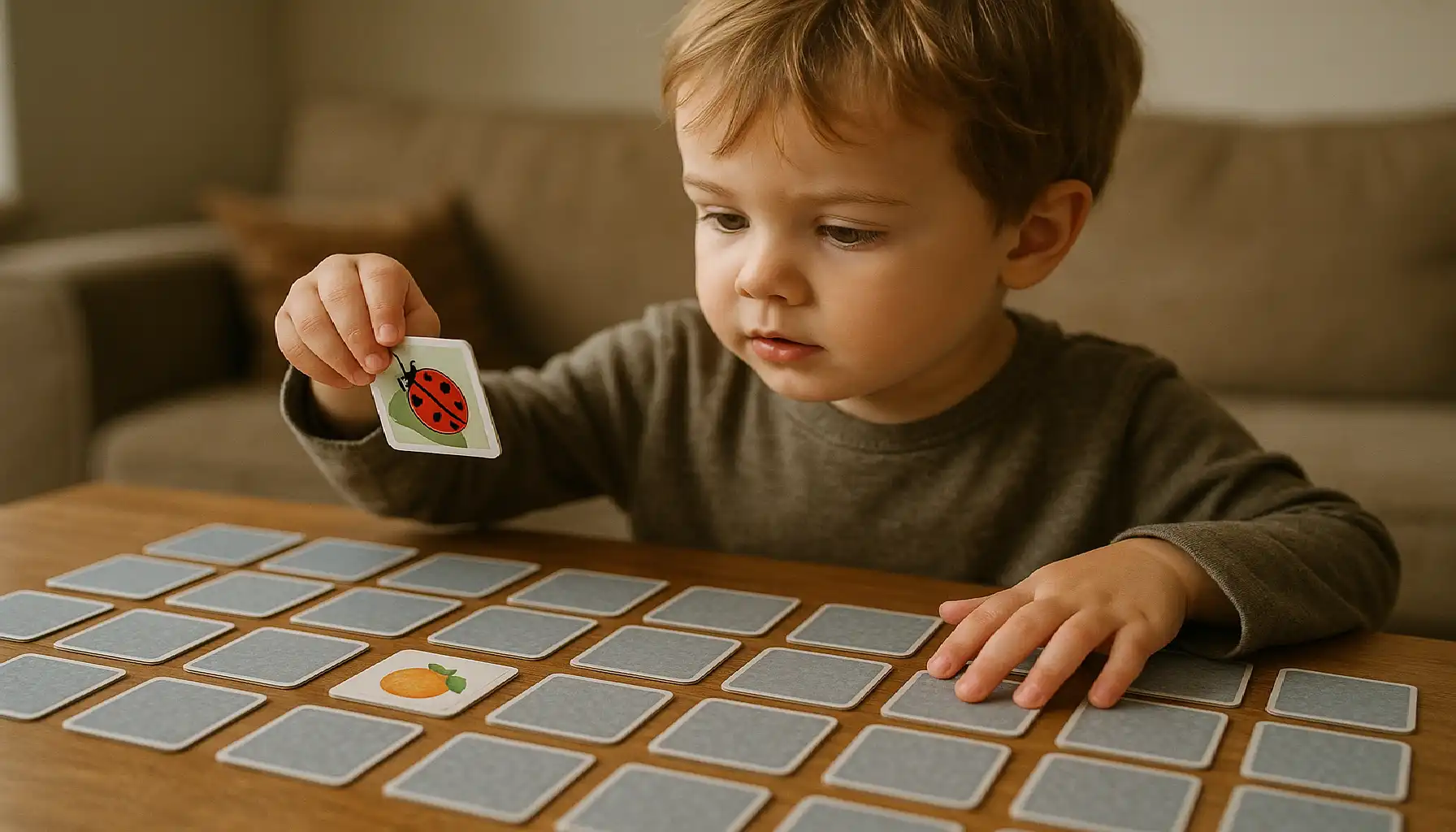
Development Starts Early
Over time, children move from involuntary attention to deliberate visual tracking. We have early forms of visual short term memory and gradually matures into advanced sequential ones. This is our ability to remember a sequence of images or movements in order.
How Does It Actually Work?
Studies by John Henderson show that eye movements are important. Our brain forms a composite image by stitching together fragments we’ve seen in rapid succession.
Real-World Testing and Use
A widely used visual memory test is the Arthur Benton Visual Retention Test, which assesses how well people recall geometric designs. It’s used in both academic and clinical settings. But you don’t need a lab. Every time you remember directions, identify a face, or revisit a dream, you’re engaging it.
Visual Memory Exercises
It can be trained daily using exercises that target specific systems, including short term, spatial, and working memory. These exercises are suitable for students, professionals, or anyone interested in mental clarity.
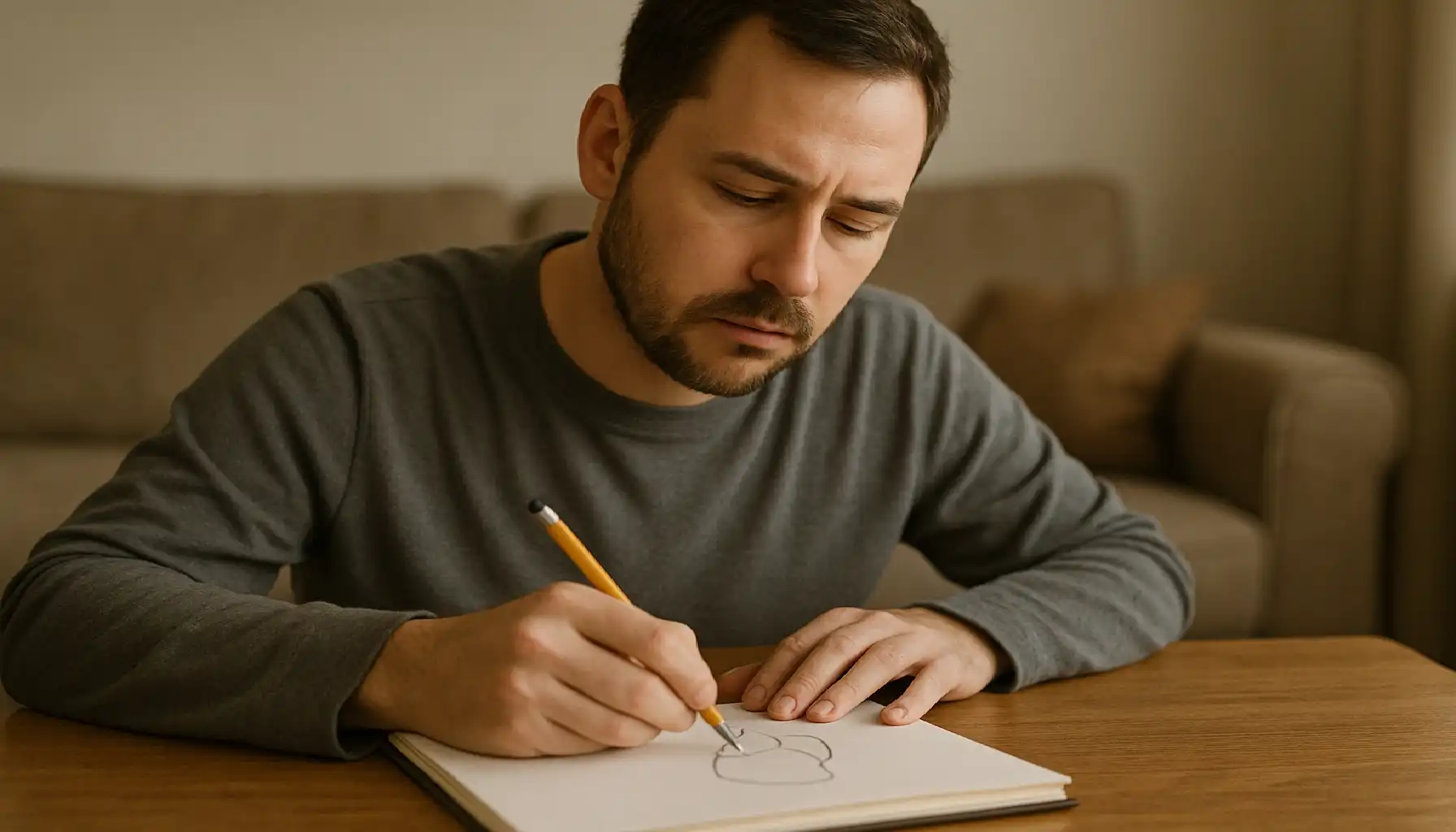
1. Describe Without Naming
What it targets: short term memory, abstract reasoning, and vocabulary precision.
Choose a familiar object like a truck, cup, or chair instead of naming it, describe it with as much detail as possible. For example, instead of “pencil,” say “a long yellow tool with a sharpened tip and a pink end that erases.”
Try describing the object from memory after hiding it. This adds a delay that intensifies visual short term and working memory visual circuits.
2. Use Number Rhymes (Mnemonic Anchors)
What it targets: sequential memory and associative learning.
Pair each number with a rhyming object and form a mental image linking the number to a target word or fact. Example:
1 = gun
2 = shoe
3 = tree
Now visualize “gun shooting an apple,” “shoe squashing a notebook,” etc.
3. Recall an Entire Day
What it targets: narrative memory and daily recall.
Before sleeping, mentally rewind your day. Picture your room when you woke up, your clothes, the people you saw, and the places you went. Try to make the images as vivid and sequential as possible.
This exercise links short term to long-term storage. It also trains you to maintain attention across a full sequence, a skill often tested in visual working memory tests.
Pro-level tip: Record what you recall. Writing reinforces the memory visual pathways.
4. Recall Your Dreams
What it targets: long-term memory and symbolic imagery retention.
Dreams have images that often fade when you wake up. Keep a dream journal by your bed and record any fragments the moment you open your eyes.
Scientific note: A momentary sensory memory of visual stimuli is called iconic memory. Recording your dreams as soon as possible strengthens it into durable traces.
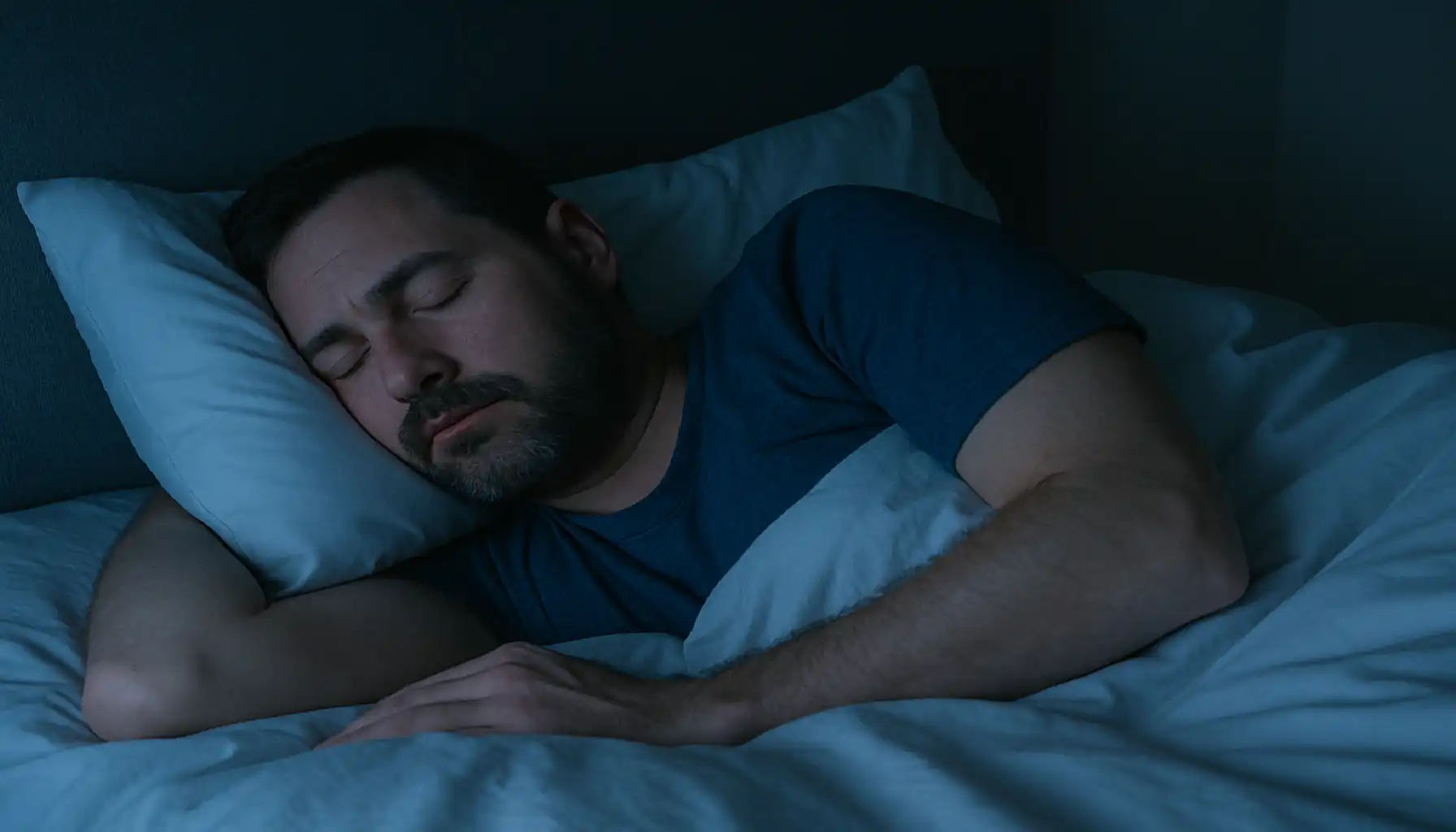
5. Visual Meditation
What it targets: focused imagination and long-term retention.
Close your eyes and visualize a simple image: a flame, a tree, or a letter. Hold the image for as long as possible without letting it fade or change. Over time, increase complexity (a cityscape, a poem line unfolding word by word).
Bonus: People who do this regularly report improved mental clarity and faster problem-solving in tasks involving working memory visual processing.
6. Verbalize Art
What it targets: cross-modal memory and verbal encoding of a momentary sensory memory of visual stimuli.
Pick an artwork and describe it out loud or in writing. Go left to right or top to bottom. Focus on textures, symbolism, facial expressions, lighting, or composition.
It helps consolidate visual sensory memory and aligns with how visual auditory memory is part of which model of development. It’s a developmental approach combining sound, sight, and semantics.
Expert tip: Compare your description with someone else’s to discover bias and blind spots.
7. Draw a Story From a Book
What it targets: creative recall and imaginative retention.
After reading a short story or scene, draw what you pictured. Don't worry about drawing skill, the goal is to test what parts of the narrative stuck visually.
It simulates high-level memory tasks involved in creative professions and technical environments like design or coding, where mental imagery and recall matter, similar to mapping code through the Visual Studio Memory Profiler.
Many forgetful moments aren’t caused by poor memory, but by distraction. The first step is improving how you pay attention to what you see. When you pause to observe details, a person’s shirt color, a pattern on a wall, you engage the systems responsible for storing those images. Mindful observation strengthens initial encoding.
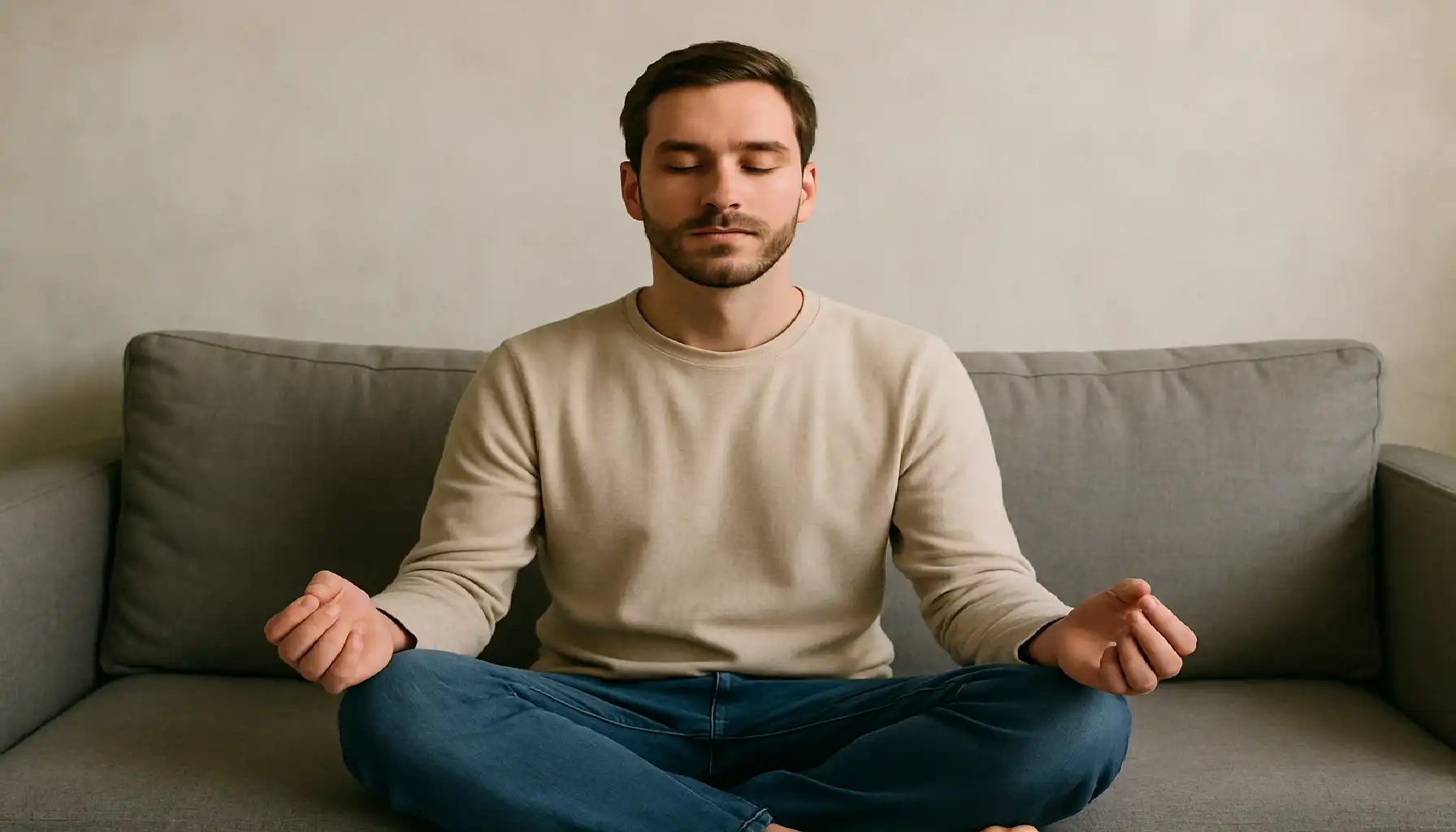
Final Tips for Practicing
Mix styles: combine visual, verbal, and motor methods.
Be consistent: even 5–10 minutes daily improves performance.
Gamify your routine: use apps with visual memory game formats.
Track progress: journal what you see, dream, or recall. This provides feedback and strengthens results.
Also read: Coordination Workout.
Final Thoughts
Visual memory is how we construct meaning from the world around us. With it we can store momentary impressions and form long-term mental images. It involves a web of brain systems, including the lobe of the cerebrum involved in the visual memory of objects, the prefrontal cortex, and the hippocampus. Yes, you can train the brain’s ability to recall and work with images, scenes, shapes, and spatial layouts. Just like muscles respond to regular workouts, the brain improves with consistent mental practice.
This form of memory is involved in nearly everything: remembering faces, reading maps, recognizing symbols, recalling the layout of a room, or picturing scenes from books. Strengthening it leads to better concentration, learning, and even creativity.
Training it supports learning, navigation, reading comprehension, creativity, and even emotional awareness. It helps children grasp patterns and sequences and assists adults in everything from professional tasks to daily organization. In older adults, practice may slow down age-related cognitive decline.





